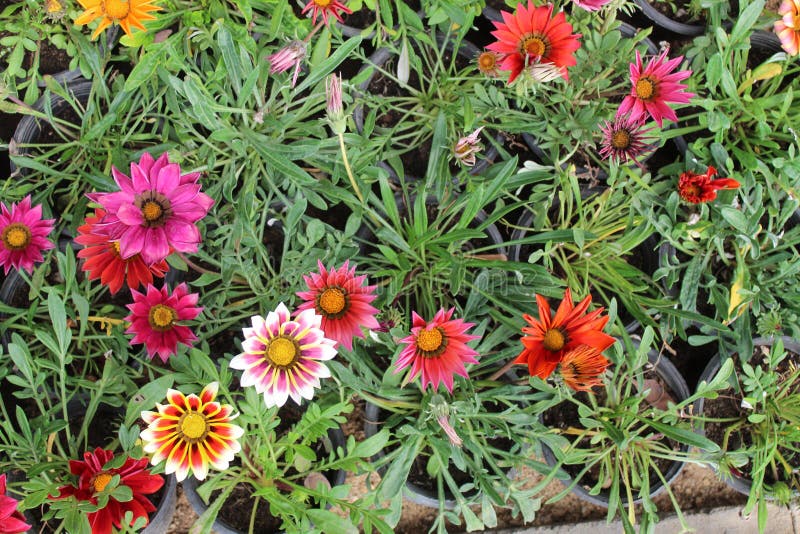Daisydisk Flowers
Related Articles
Jun 12, 2017 Craig Federighi and Phil Schiller on The Talk Show with John Gruber at WWDC 2017 This episode of The Talk Show is every bit as important as the WWDC opening keynote. Further, it’s more enjoyable because of how personable it is. Ideology and Hegemony of English Foreign Language Textbooks: Globally and Locally Written Practices. Disk Flowers and Ray Flowers Yellow disk and ray flowers of a sunflower (Helianthus annuus).The entire representative structure is called a flower head. Always be my baby david cook free mp3 downloads. The small flowers are called disk flowers and the larger yellow flowers are called ray flowers.
Daisydisk Flowers Pictures
- 1 Male & Female Parts of the Sunflower Plant
- 2 Types of Flowers That Close at Night
- 3 How Tall Can Asters Grow?
- 4 What Pollinates Gerbera Daisies?
The word 'daisy' refers not to one single type of plant, but plants that produce flowers having common characteristics. Members of the aster family, daisies are most popularly recognized by their attractive flowers, which have a central disc with radiating petals; the petals and central discs vary in color and proportion, depending on the type of plant on which they grow. Daisies span all U.S. Department of Agriculture plant hardiness zones, with each type of daisy growing in different zones.

Daisydisk Flowers Images
Composite Flowers
Daisies produce flowers that are known as 'composite flowers,' meaning that each flower head is made up of many tiny flowers, grown together to look like a single flower. Daisy flower heads grow at the end of a terminal shoot, supported by sepals. Other plants that grow composite flower heads include sunflowers, chrysanthemums, dahlias and dandelions.
Anatomy Of A Daisy Flower
The outer parts of the of the daisy head are known as the ray flowers. Ray flowers are generally attractive but sterile. The large petals of ray flowers are fused together to form what looks like a single petal. The flat center of the daisy head is made up of many tiny flowers known as disc flowers, which radiate symmetrically from the center of the disc. These disc flowers are the part of the daisy head that produce seeds.
Physical Characteristics
The physical characteristics of daisies are highly varied from one species to the next. The outer petals, more accurately described as the petals of the ray flowers, come in many different colors, including yellow, white, lavender, blue, red and orange. Petals can be serrated or smooth and may be short or long, compared to the central disc. The central disc is often yellow, but can come in other colors, like blue, deep red or purple. Daisy fragrances vary; some daisies have an unpleasant scent meant to attract flies for pollination.

Encouraging Flowering
Some daisies grow very well in poor soil, with minimal care. Gloriosa daisy (Rudbeckia hirta), hardy to USDA zones 2 through 11, is one such example. Other daisies like shasta daisy (Chrysanthemum maximum or Chrysanthemum superbum), hardy to USDA zones 5 through 9, grow best in well-draining, fertile soils and partial sunlight. In general, you can encourage blooming by establishing a regular watering schedule and by deadheading spent daisies before they produce seeds.
In Floral Arrangements
Daisies make excellent specimens for floral arrangements because of their simple, long-lasting beauty. The best time to cut daisy heads for flower arrangements is when the head is just fully opened. Daisies with drooping ray petals are nearly spent and will soon need to be deadheaded. Harvest flowers late in the day when they have saved up food from the long day. Cut the stems longer than needed, making your cuts at an angle, and remove any leaves that will fall below the waterline in the vase. Place each stem in a vase of warm water before arranging the flowers in a vase.
References (6)
Resources (1)
About the Author
Leslie Rose has been a freelance writer publishing with Demand Studios since 2008. In addition to her work as a writer, she is an accomplished painter and experienced art teacher. She has a Bachelor of Arts degree in art with a minor in English.